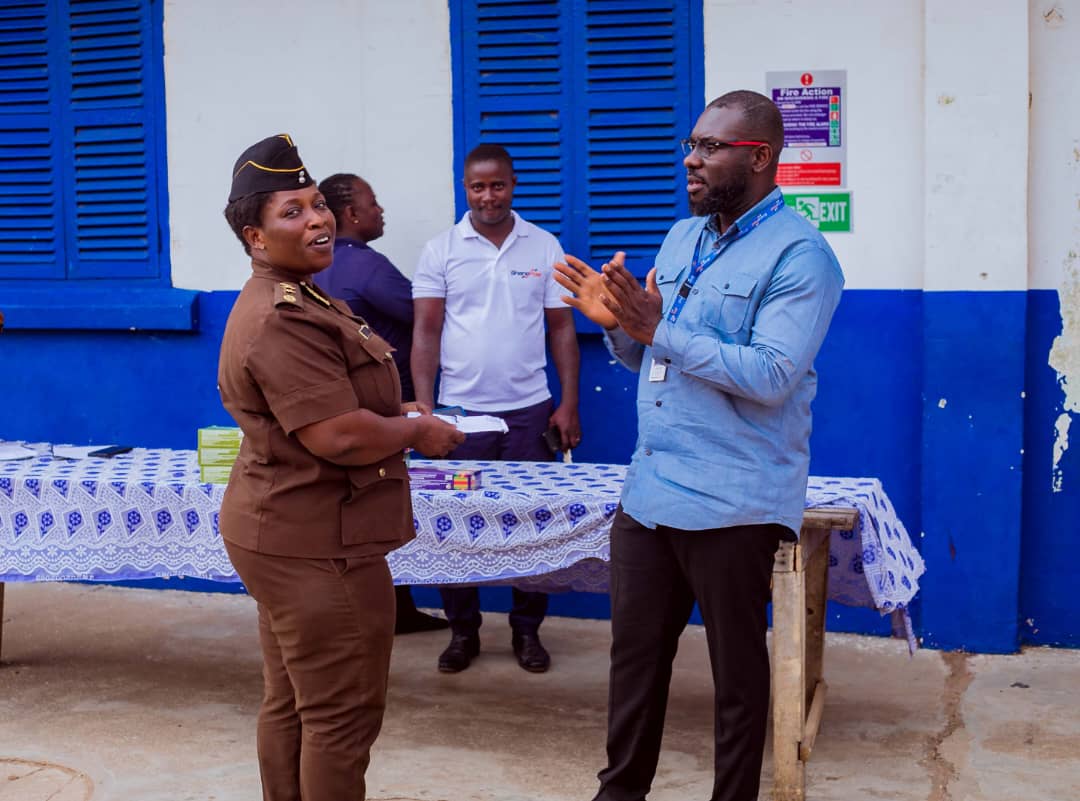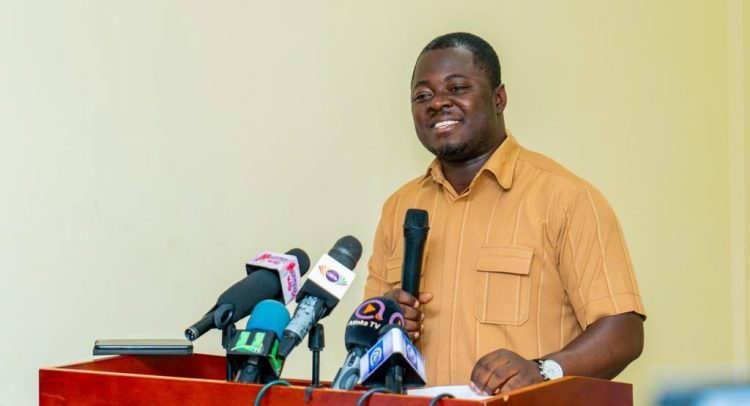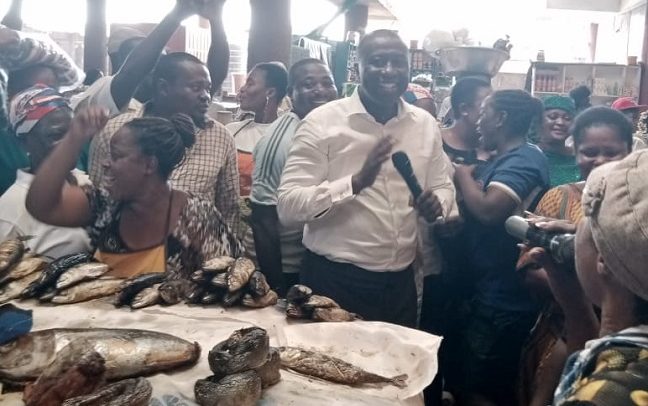
How to handle tough questions like a pro: lessons from thousands of interviews
If you’ve ever been hit with a tough question in a board meeting, media interview, or staff durbar and felt your soul briefly leave your body, take heart—you’re not alone. Even the most seasoned politicians, CEOs and celebrities stiffen up when the unexpected lands on their desk… or in their lap.
I’ve spent years interviewing thousands of guests: business tycoons, diplomats, entrepreneurs, activists and politicians. Across all these conversations, one thing stands out: tough questions don’t destroy you—poor responses do.
Let me share what the studio floor taught me about staying calm, confident and credible when the heat turns up.
1. First rule: don’t panic (even if your heart is dancing Azonto)
On live TV, guests sometimes react to tough questions like they’ve been asked to recite the periodic table backwards. Eyes widen. Breath shortens. Fingers interlock. You can practically hear their heartbeat from across the studio.
But here’s the secret:
The audience can forgive anything except panic.
When leaders panic, they:
- Talk too fast
- Talk too long
- Talk off-topic
- Talk themselves into trouble
Instead, pause. Breathe. Sit still. Think.
A calm leader seems credible—even when the question is boiling hot.
2. Clarify before you respond
Some questions sound tough only because they’re vague. I once asked a guest, “How do you explain your party’s poor performance in the by-election?” And he replied, “Well… there are many perspectives… depending… on… factors…”
Translation: He had no idea what I was talking about.
If a question is unclear:
- Ask for specifics
- Request clarification
- Narrow the focus
This buys time, sharpens your thinking, and prevents you from answering the wrong question confidently—which is the worst kind of confidence.
3. Bridge like a pro. Move from danger to safety gracefully
The most powerful strategy in handling tough questions is the bridging technique. This is how seasoned leaders move from a difficult question to a message that supports their narrative without looking like they dodged a bullet.
Example
Question: “Why did your product fail in the market?”
Bridge: “That’s an important issue, and here’s what we learned…”
This technique works because it:
- Acknowledges the question
- Shows respect
- Redirects to your key message
- Keeps you in control
Bridging is not evasion, it’s leadership communication.
4. Don’t over-explain because the more you talk, the more trouble you buy
Some executives treat tough questions like exams: the longer the answer, the higher the grade. Unfortunately, communication doesn’t work like WASSCE.
I’ve watched guests talk themselves from “everything is fine” to “we are launching an internal investigation”. All in one answer.
Here’s a rule from broadcast interviewing:
Short, clear, confident answers beat long, wandering explanations every time.
If you can’t summarize your response in under a minute, you don’t understand your own message.
5. Own your mistakes. The audience always knows when you’re pretending
Human beings are experts at public denial. Even when the evidence is dancing azonto in front of us, someone will still say, “We are not aware.”
The truth?
People respect leaders who own their missteps.
If something went wrong:
- Acknowledge it
- Explain what you’re doing about it
- Show how you’ll prevent it in the future
A strong admission builds trust far more than a weak denial.
6. Maintain facial discipline (your face will betray you!)
Sometimes, leaders give perfect answers—but their faces tell a different story.
Common leadership expressions:
- The “I wasn’t ready” blink attack
- The strategic water-sipping delay
- The forced smile of internal panic
- The sudden desire to check notes that don’t exist
Your face must match your words. Practice neutral, steady expressions that signal confidence—not confusion.
Final cue
Tough questions are not traps—they’re opportunities to demonstrate transparency, leadership and emotional intelligence.
A skilled leader:
- Stays calm
- Clarifies
- Bridges
- Responds briefly
- Owns mistakes
- Maintains composure
Master these, and you won’t just handle tough questions—you’ll own them.
Because in leadership, as in broadcasting, the toughest moments often reveal the strongest communicators.
>>> Need coaching? Email [email protected] today.
The post ON CUE WITH KAFUI DEY appeared first on The Business & Financial Times.
Read Full Story
















Facebook
Twitter
Pinterest
Instagram
Google+
YouTube
LinkedIn
RSS